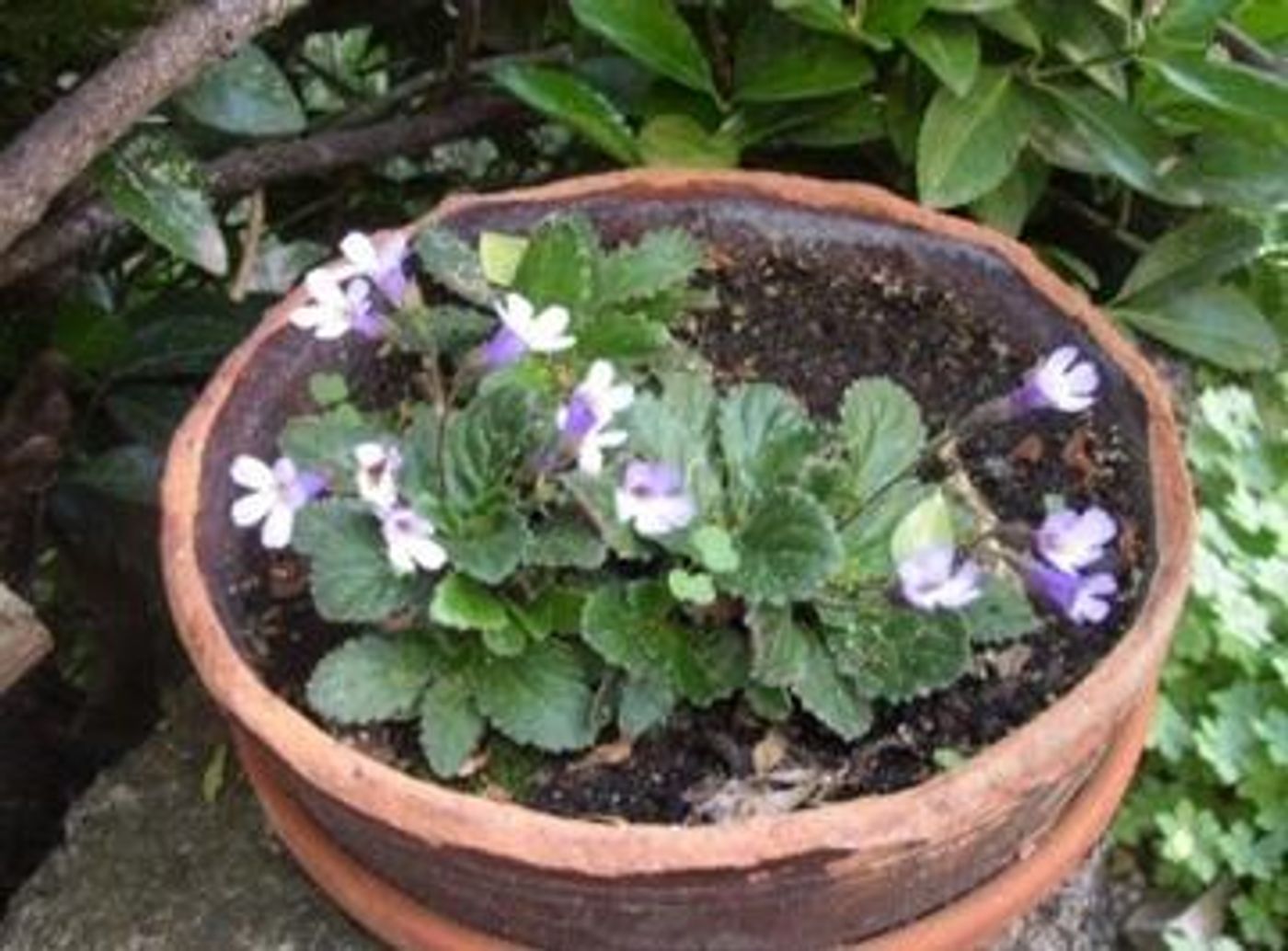How Resurrection Plants Survive Without Water
While life is intrinsically connected to water, some so-called anhydrobiotic organisms can survive for long stretches without it. A tiny group of plants is able to live for months or even years without water; they are known as resurrection plants because they can completely recover from a desiccated state when water becomes available. Now researchers have learned more about how they do it, which can help researchers develop plants and crops that are more tolerant of stress and drought, and which are facing an uncertain future. The findings have been published in Scientific Reports.
Haberlea rhodopensis is one of about 350 plant species on the planet that can survive being dehydrated for a long time and then become fully functional and normal after getting water again. In this work research teams at Kobe University's Graduate School of Agricultural Science and a research group at Agrobioinstitute in Sofia, Bulgaria used near-infrared light to observe Haberlea rhodopensis and a non-resurrecting relative called Deinostigma eberhardtii as they desiccated and rehydrated.
The scientists used a non-destructive 'aquaphotomics' approach to analyze the process. As it dried, water in the leaves of Haberlea rhodopensis went through a careful, orderly restructuring, accumulating water dimers with four hydrogen bonds while drastically reducing free water molecules. This is thought to be the start of the process that allows the plant to live through a dry period.
Resurrection plants have a range of mechanisms and adaptive skills that enable them to deal with dehydration; those efforts focus mainly on reducing oxidative stress and protecting cellular integrity. This work investigated how water was involved in the process and showed that the structure of water in the related resurrection and non-resurrection plants were very different.
In Haberlea rhodopensis water content is rapidly reduced to thirteen percent, while Deinostigma eberhardtii tried in vain to keep water levels at about 35 percent. The water molecule structure during dehydration was different in the two plants. Relationships between certain molecular types of water, like dimers and trimers, were maintained in Haberlea rhodopensis, with random fluctuations of water types in Deinostigma eberhardtii.
Check out a resurrection plant springing back to life in the video.
Deinostigma eberhardtii never showed any transformations of its water structures. To the last point of desiccation, it still had lots of free water molecules, while Haberlea rhodopensis had drastically cut down the number of free water molecules. This same orchestrated approach to water structure was also seen during rehydration in Haberlea rhodopensis, with most water species undergoing incremental changes in order.
It seems that water structure, not content, is critical to the survival of these organisms. The work suggests that some living systems may have an organizational structure, and not dynamics, at their center.
Sources: AAAS/Eurekalert! Via Kobe University, Scientific Reports









